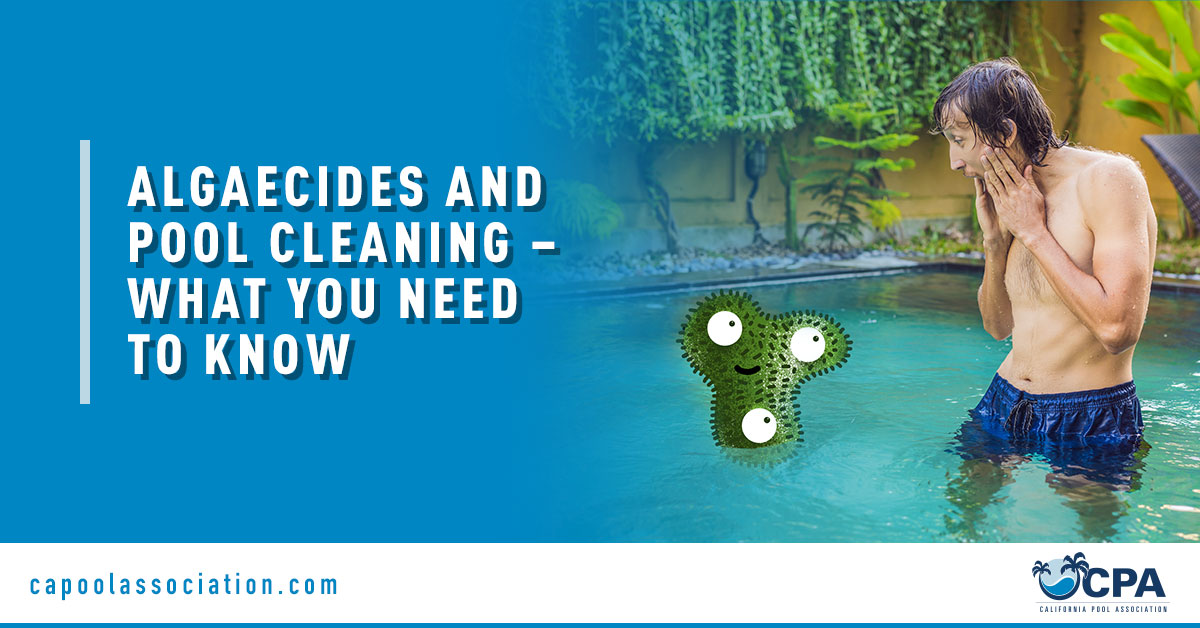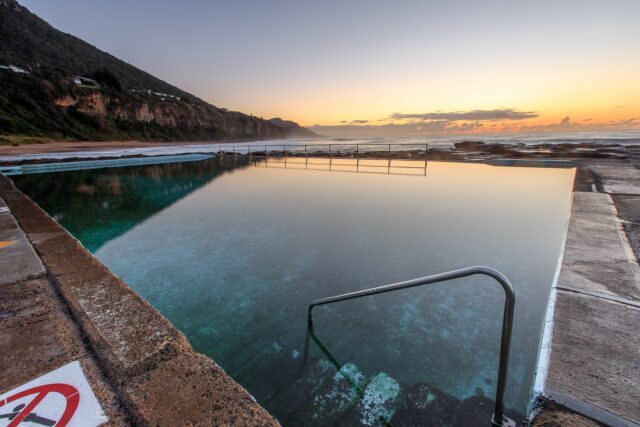
Algaecides are chemical agents designed to prevent or eliminate algae in swimming pools. They are essential because algae growth can make pools unsafe, unappealing, and costly to maintain. In 2025, pool owners in states like California face additional challenges due to drought-related water restrictions and hotter summers, which increase algae risk.
Algae itself is not usually toxic, but it creates slippery surfaces, reduces water clarity, and provides a breeding ground for harmful bacteria. Left untreated, algae can clog filters, damage equipment, and even create liability risks for property owners if accidents or health issues occur.
Prevention is always easier and cheaper than treatment. Steps include:
If algae appear, a combination of algaecide and pool shock is often required.

In the insurance industry, algae-related pool claims are increasingly scrutinized. Homeowners and commercial property insurers in 2025 are tightening coverage for pool-related damages due to:
Many insurers now require documented pool maintenance as proof before covering related claims. Pool service companies can also face liability suits if improper chemical use causes harm, making professional liability insurance and specialized pool business insurance crucial.

Household bleach (chlorine) can help sanitize a pool but is not a replacement for algaecides. Algaecides specifically target algae’s protective layers, while chlorine works as a general sanitizer. Using bleach alone may not prevent recurring algae blooms.
Copper-based algaecides can be harmful if pets drink pool water soon after treatment. They can also stain pool surfaces. Always follow label directions and keep pets out of the water until chemical levels return to safe ranges.
Most pools require a maintenance dose every 1–2 weeks, depending on environmental conditions. Heavy rains, heat waves, or increased pool use may require more frequent applications.
Some algaecides, especially copper-based, work quickly. Others, such as polymer algaecides, act more slowly but are safer and better for long-term prevention.
Insurance typically does not cover damages caused by poor maintenance or neglect. If algae growth leads to accidents or equipment damage, insurers may deny claims unless regular maintenance can be proven. For pool service businesses, liability insurance is essential to protect against customer claims.
Keeping a pool algae-free requires a mix of regular maintenance, the right choice of algaecide, and awareness of both health and liability risks. For California pool owners and service professionals, where environmental conditions favor algae growth, prevention is essential. Beyond safety, proper pool care also reduces potential insurance disputes, saving money and protecting both homeowners and businesses.
For more detailed guidelines on pool maintenance and safety, consider consulting resources such as the California Department of Public Health or ICC Digital Codes.
If you’re looking to protect your pool service business, the experts at the California Pool Association can help you find the right insurance coverage to safeguard your operations.